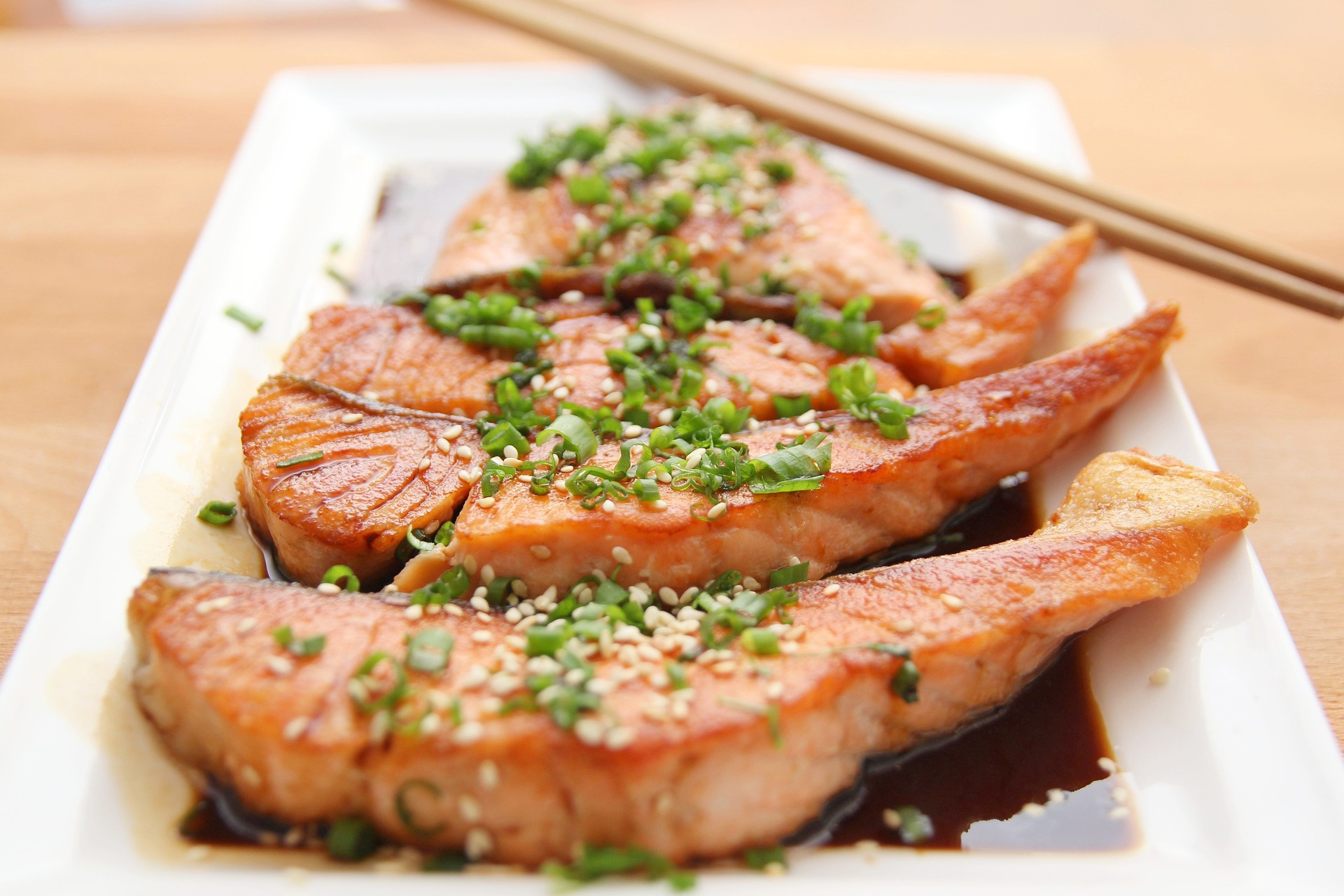Cambodian Cuisine: A Hidden Gem of Southeast Asian Gastronomy
As food connoisseurs, we constantly seek out novel culinary experiences that tantalize our taste buds and expand our gastronomic horizons. Today, let's immerse ourselves in the rich flavors and fascinating history of Cambodian cuisine, a hidden gem in Southeast Asian gastronomy.

A Flavorful Journey Through Time
Cambodian cuisine, known as Khmer food, is a vibrant blend of flavors and techniques, bearing witness to the country’s rich history and diverse influences. With roots dating back thousands of years, Khmer food is a testament to Cambodia’s ancient civilizations, colonial past, and resilient spirit.
The Khmer Kitchen: An Array of Aromas
Khmer cuisine is characterized by its aromatic herbs and spices. Ingredients like lemongrass, kaffir lime leaves, and galangal lend a distinctive note to the dishes. Fermented fish paste, or prahok, is a staple condiment, adding depth and umami to the food.
The Art of Balance: Sweet, Sour, Salty, and Bitter
A hallmark of Cambodian cuisine is its masterful balance of flavors. Sweet, sour, salty, and bitter elements are harmoniously combined, resulting in dishes that are complex and layered. This aspect of Khmer cooking reflects the Buddhist principle of balance, deeply rooted in the country’s culture.
Cambodian Signature Dishes: From Amok to Kuy Teav
Amok, a savory curry made with white fish and coconut milk, is one of Cambodia’s most iconic dishes. Wrapped in banana leaves and steamed to perfection, Amok is a delightful culinary experience. Kuy Teav, a noodle soup with Chinese origins, is another popular dish enjoyed at any time of the day.
The Future of Cambodian Cuisine: Fusion and Innovation
Today, Cambodian cuisine is experiencing a renaissance, with chefs introducing innovative twists to traditional recipes. By embracing global flavors while preserving the essence of Khmer gastronomy, they are redefining Cambodian food for a new generation of food lovers.
Did You Know?
-
Cambodia is often referred to as the “rice bowl” of Southeast Asia, with rice being a staple in every meal.
-
The country’s tropical climate allows for the cultivation of a wide variety of fruits unknown to many parts of the world.
-
Num Ansom, a sticky rice cake filled with banana or pork, is a traditional treat during the Khmer New Year.
In conclusion, Cambodian cuisine is a captivating blend of traditional techniques, fresh ingredients, and diverse influences. Its complex flavors and rich history make it a fascinating subject for culinary exploration. So, the next time you’re seeking a culinary adventure, why not set sail for the enchanting shores of Khmer gastronomy?




